In the early Americas, most transportation occurred along the lakes and rivers. And sitting at a narrow point on Lake Champlain, Fort Ticonderoga NY was literally the “Key to the Continent.” This spot was strategic territory during both the Revolutionary War and the French and Indian War. And it is a destination we’ve always wanted to visit.
What could be a boring history lesson is actually a fascinating travel destination along the New York and Vermont border. Visiting Fort Ticonderoga is a chance to see early American life up close while visiting one of the most beautiful places in the country.
Built in the 18th century, renovated in the 20th century, and lovingly maintained today, the fort is now a National Historic Landmark. The 2,000 acre site operates as a living museum, where visitors can explore the kitchens, troop barracks, the lush garden, and speak with historical interpreters who can explain the property and what occurred here.

We found the lectures from the reenactors to be excellent. They share both the history of the site, but also share what it was like for the soldiers (and their families) who lived here.
Admission to the site also allows visitors to drive up the narrow, one-lane road of Mount Defiance. This site played strategic roles in the defense of the fortification below. It also offers stunning views of Lake Champlain and the state of Vermont beyond.
We loved our Fort Ticonderoga visit and would highly recommend it!
History of the Fort
Construction was started by the French (a.k.a. Canadians) as Fort Carillon in 1755. It was built by Michel Chartier de Lotbinière in the style of a “star fort” due to the ability to defend it. During the seven years of the French and Indian War, the fort saw many skirmishes between Great Britain and France.
The location was selected because it was at a very narrow point on Lake Champlain. It also at the mouth of the La Chute River, which was a strategic portage route between Lake Champlain and Lake George.
Battle of Fort Ticonderoga
While Ft Ticonderoga swapped back and forth between the French-Canadian forces and those of the Great Britain, the fort is best known for the Battle of Fort Ticonderoga. This was one of the most important events of the Revolutionary War: the first military victory for the colonies over the British Red Coats.
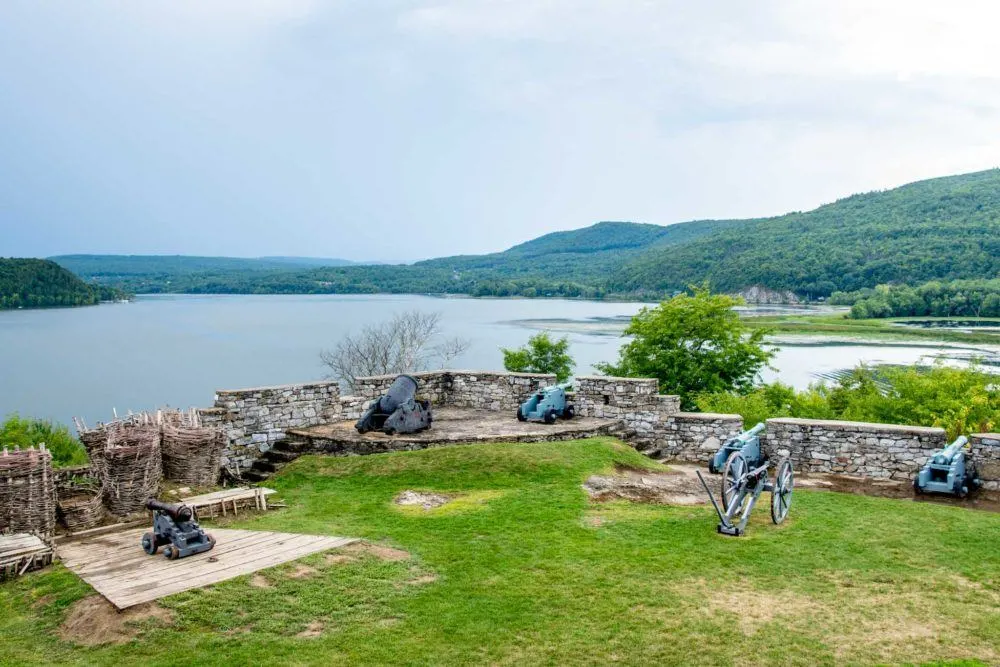
After the Battles of Lexington and Concord in Massachusetts, the British forces were pushed back into Boston. The colonists denied the Red Coats access to the surrounding countryside, effectively creating the Siege of Boston. But the colonists could not dislodge the British without heavy artillery.
And the colonists knew they could find guns and military supplies at Ticonderoga, which was controlled by the British. Benedict Arnold relayed to the Massachusetts Committee the dilapidated state of the Ticonderoga Fort and he received approval to try and capture it using members of the New England Militia.
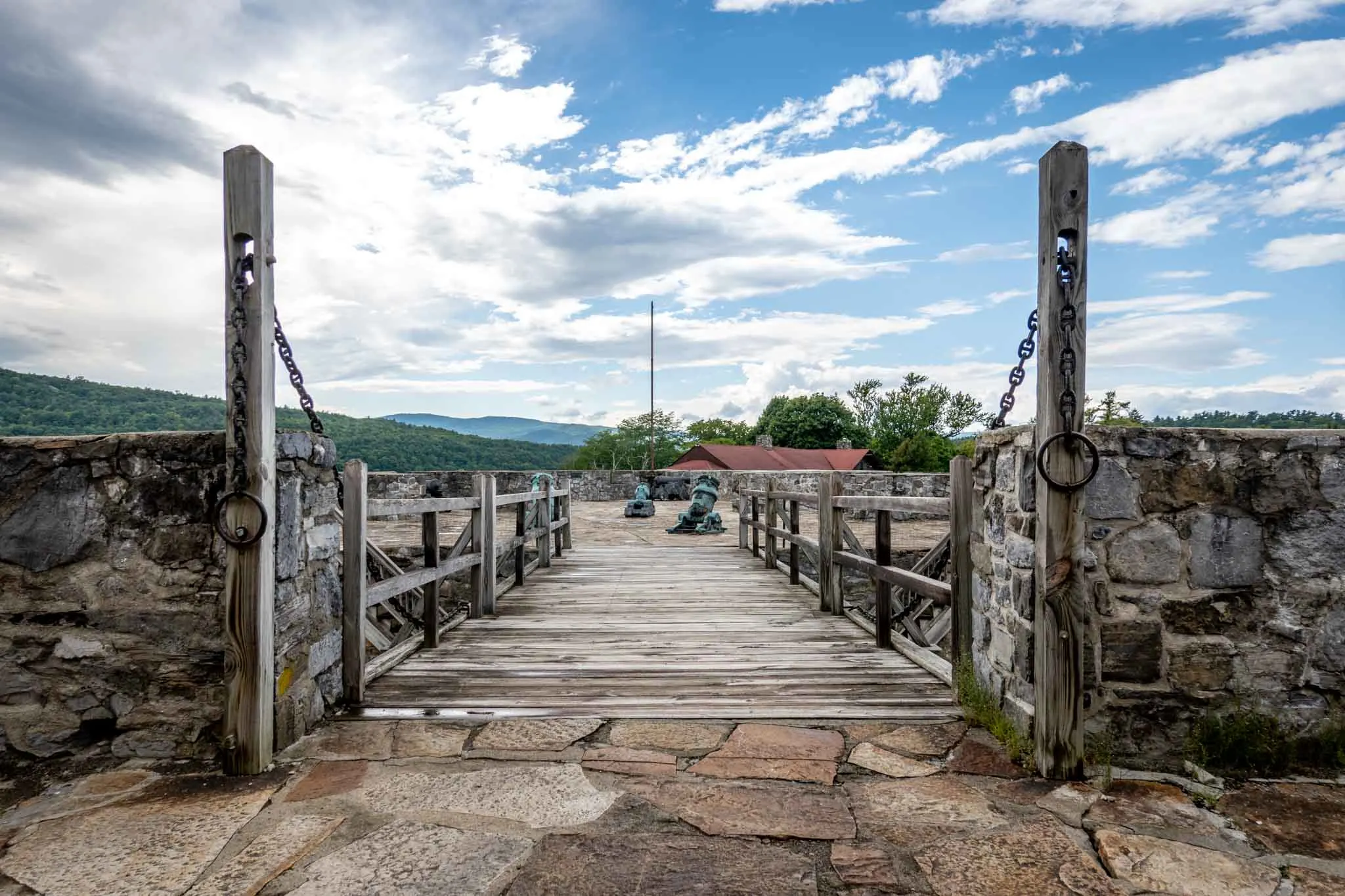
Concurrently, Colonel Ethan Allen had received approval to attack from the Connecticut Committee. Colonel Allen had recruited over 100 of the Green Mountain Boys to attack the fortification.
Early in the morning on May 10, 1775, the American colonists battled the British soldiers. Ultimately, it was Ethan Allen who led the Green Mountain Boys to capture Fort Ticonderoga with Benedict Arnold serving in a supporting capacity.
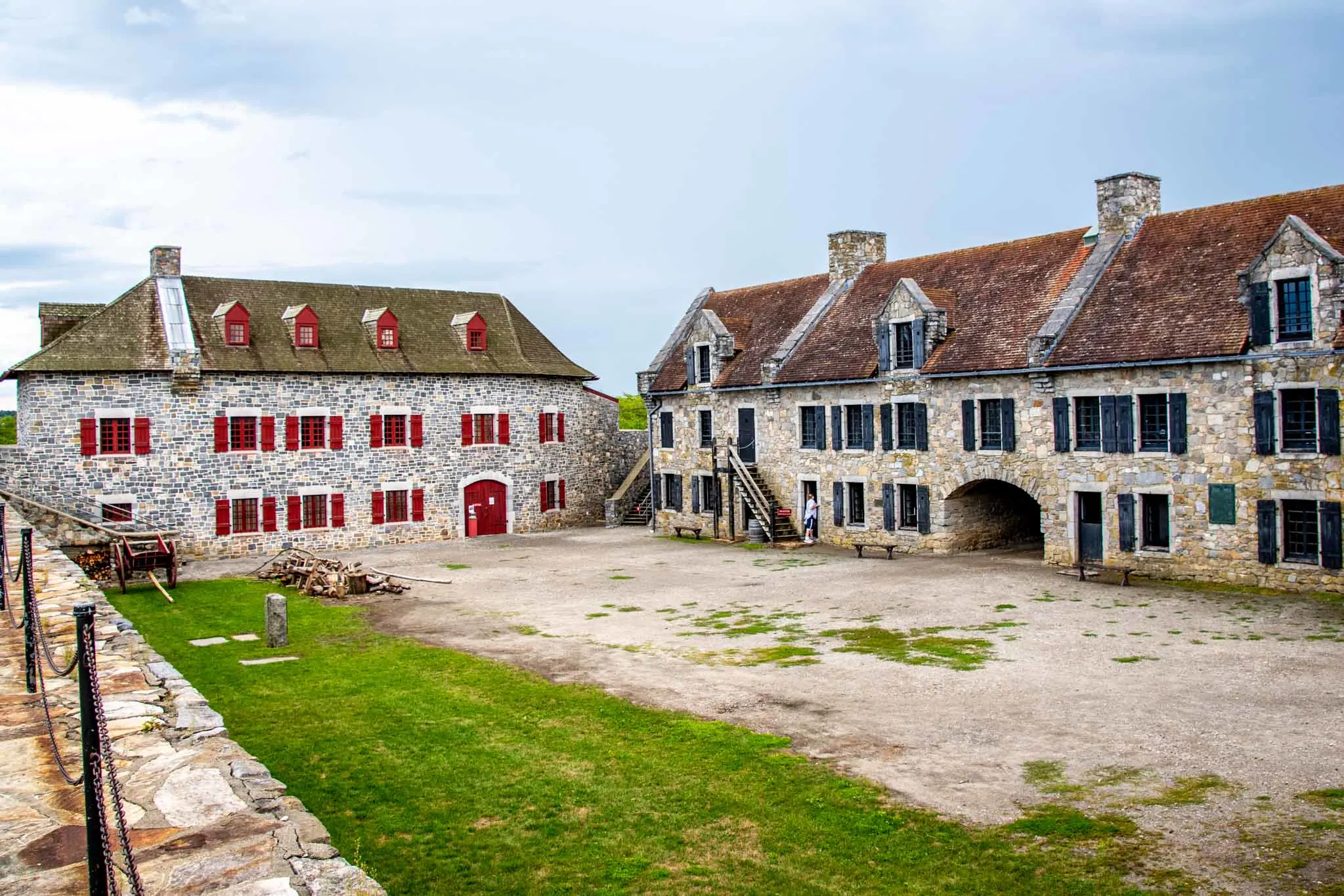
The troops snuck into the fort and secured the surrender from the British commander, Captain William DeLaPlace. Actually, it was a rather uneventful attack: not a single person was killed and DeLaPlace wasn’t even aware there was a war. The Fort Ticonderoga battle was a rather anti-climatic, but strategically significant, victory for the American patriots.
With Allen securing the victory, the American Patriots were able to secure the ammunition they needed to break the Siege of Boston. Under Colonel Henry Knox, over 60 tons of military supplies taken from the fort and transported to Dorchester Heights above Boston. The Ticonderoga cannons broke the Siege of Boston, forced the British to flee by sea and secured another victory for the colonists.
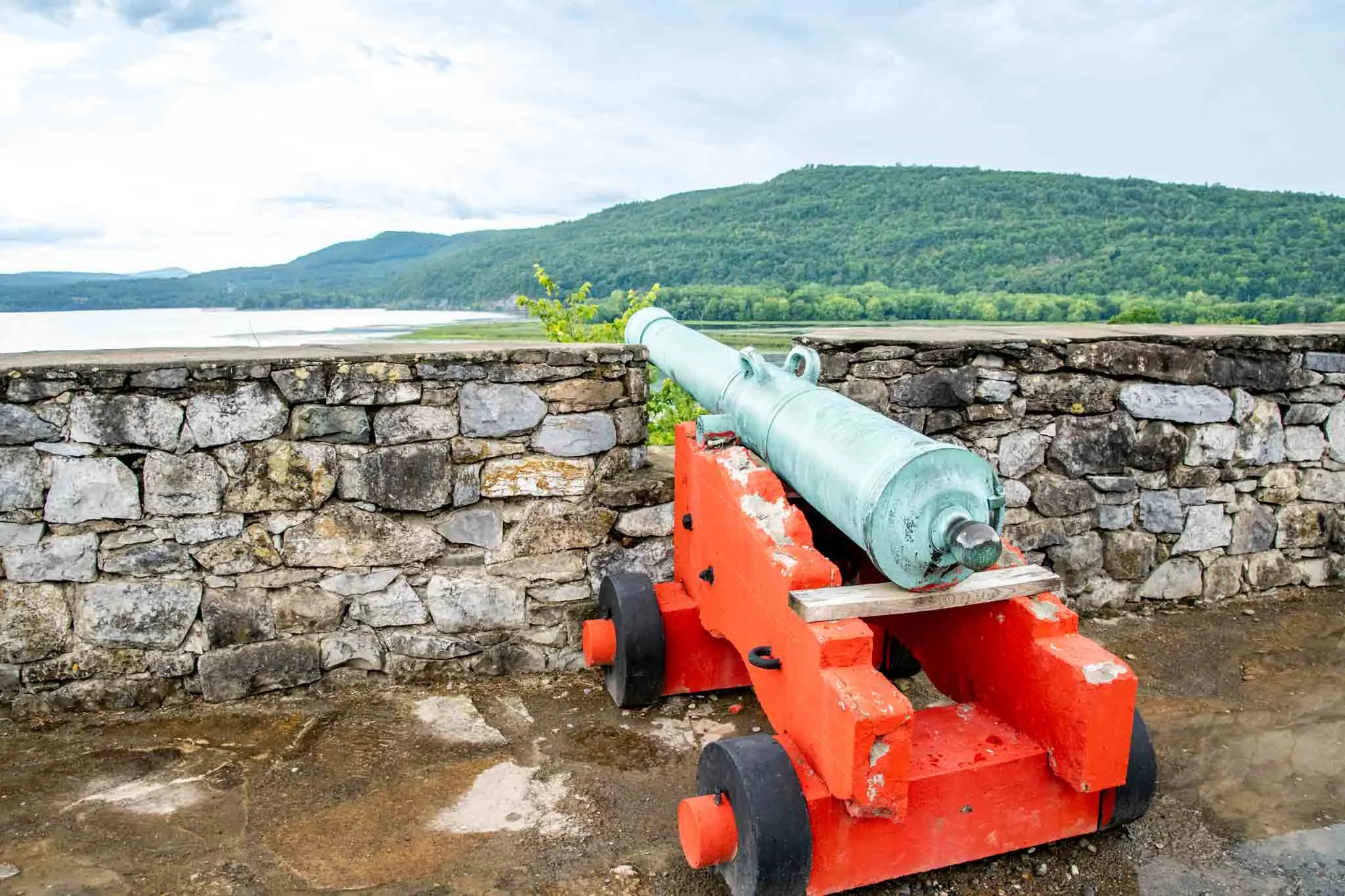
Through the capture of Fort Ticonderoga, the American colonists were able to secure control of the important inland waterways of Lake Champlain and Lake George, while also protecting the American colonies from British invasion from Canada.
The oversight of Benedict Arnold’s contributions would sew the seeds of his ultimate betrayal of the country. While Arnold would have success in Canada and the Battle of Saratoga to come, he was ultimately stripped of his command by the Continental Congress and would result in his switching loyalties.
Timeline
Here’s a brief timeline of major events at the fort:
- 1609: French explorer and navigator Samuel de Champlain battles indigenous warriors at the site.
- 1755: The French build a fortress called Fort Carillon at the site.
- 1757: During the French and Indian War, French Canadian and native troops use the site as a staging point for an attack on the British Fort William Henry.
- 1758: The bloodiest day in American history occurred with the death of over 2,000 British troops when they assault the fortification.
- 1759: The English assault Fort Carillon and blow up a power magazine, effectively destroying the fortification, which is then named Fort Ticonderoga.
- 1775: Ethan Allen and Benedict Arnold’s collective forces capture the site from the British early in the American Revolution. Later in the year, Henry Knox takes the artillery to end the Siege of Boston.
- 1776: American forces try to invade Canada…and fail. The retreat to this spot.
- 1777: British General John Burgoyne’s pushes the American forces out of the fortification, but eventually the Red Coats lose at the Battle of Saratoga and surrender.
- 1781: The British rebuild it, but eventually abandon it.
- 1783: While waiting for the peace treaty to be signed with the British, General George Washington visits the site.
- 1814: During the War of 1812, a British attack was prevented when the Red Coats lost the Battle of Plattsburgh.
- 1820: The property was purchased by William Ferris Pell to preserve it. It is believed to be the first act of historical preservation in the U.S.
- 1909: Pell’s descendants, Sarah and Stephen Pell, open the Fort Ticonderoga Museum to the public.
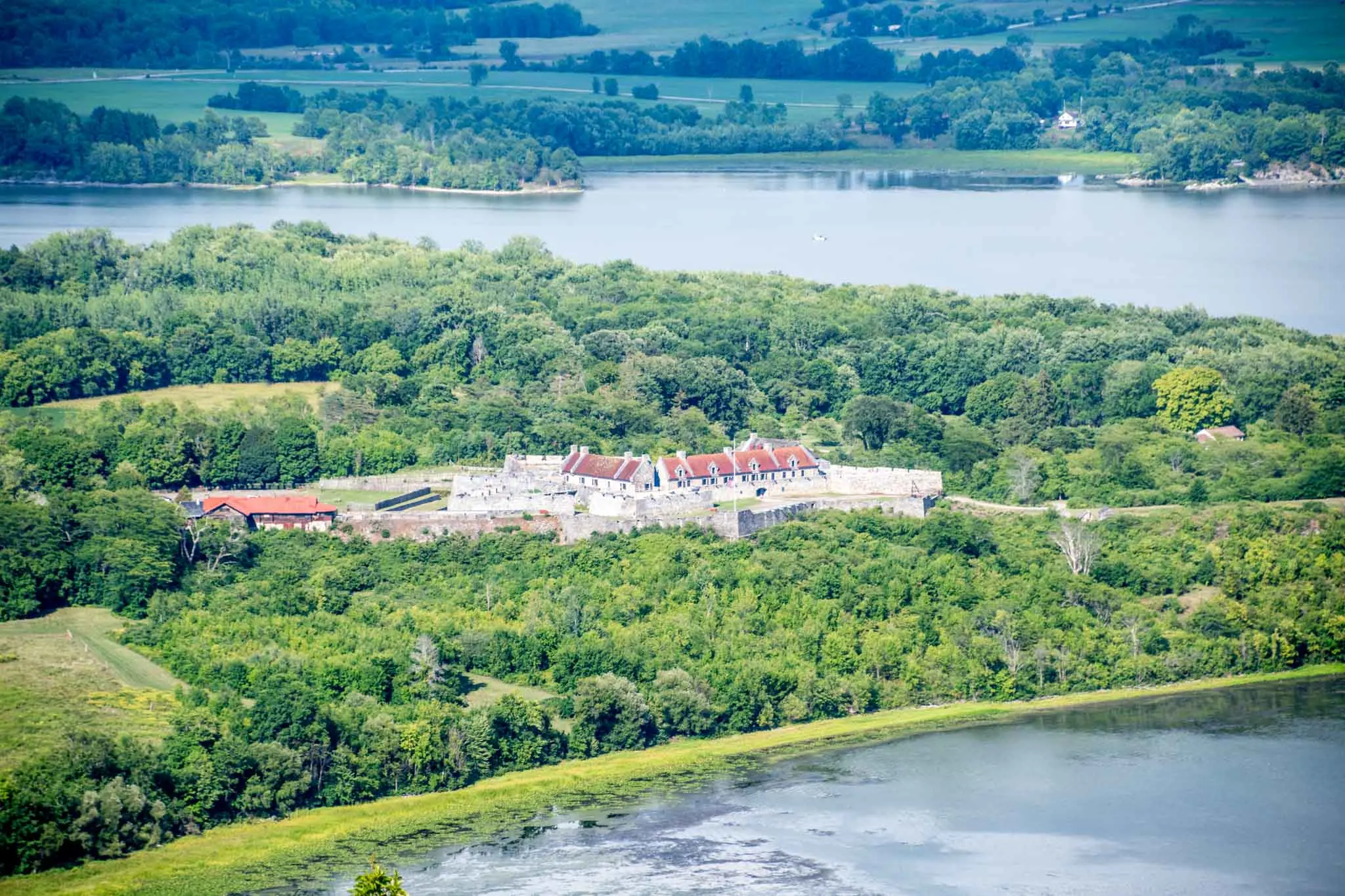
How to Get Here
Fort Ticonderoga is located just east of the Adirondack Mountains on the bank of Lake Champlain and the New York/Vermont border. It’s 21 miles east of I-87 at the Schroon, NY exit. It is close to the Adirondack glamping and resort areas, which make a good base if you are staying in the area.
Fort Ticonderoga is 90 minutes north of Saratoga Springs and makes a fantastic day trip from one of New York’s cutest towns. It is just three miles north of Lake George and is about 60-minute drive from the Lake George resort areas. And it is a two-hour drive from Albany and the Capital Region.
It’s also possible to visit Ticonderoga from the north. It’s a long day trip from Montreal (about 2 ½ hours one way), but is a popular trip from Quebec.
Check the website for current hours and special event information.
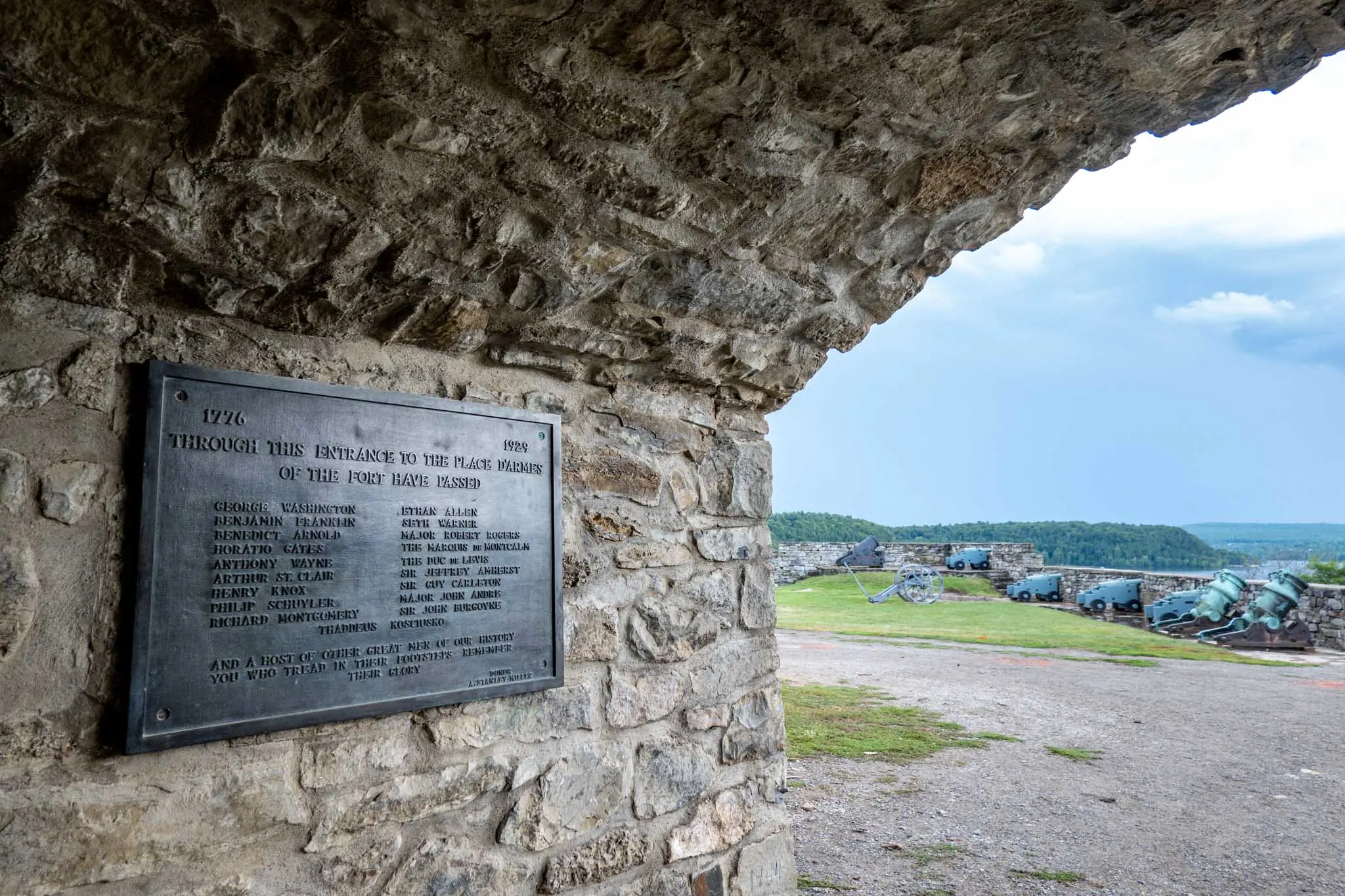
Lance Longwell is a travel writer and photographer who has published Travel Addicts since 2008, making it one of the oldest travel blogs. He is a life-long traveler, having visited all 50 of the United States by the time he graduated high school. Lance has continued his adventures by visiting 70 countries on 5 continents – all in search of the world’s perfect sausage. He’s a passionate foodie and enjoys hot springs and cultural oddities. When he’s not traveling (or writing about travel), you’ll find him photographing his hometown of Philadelphia.
